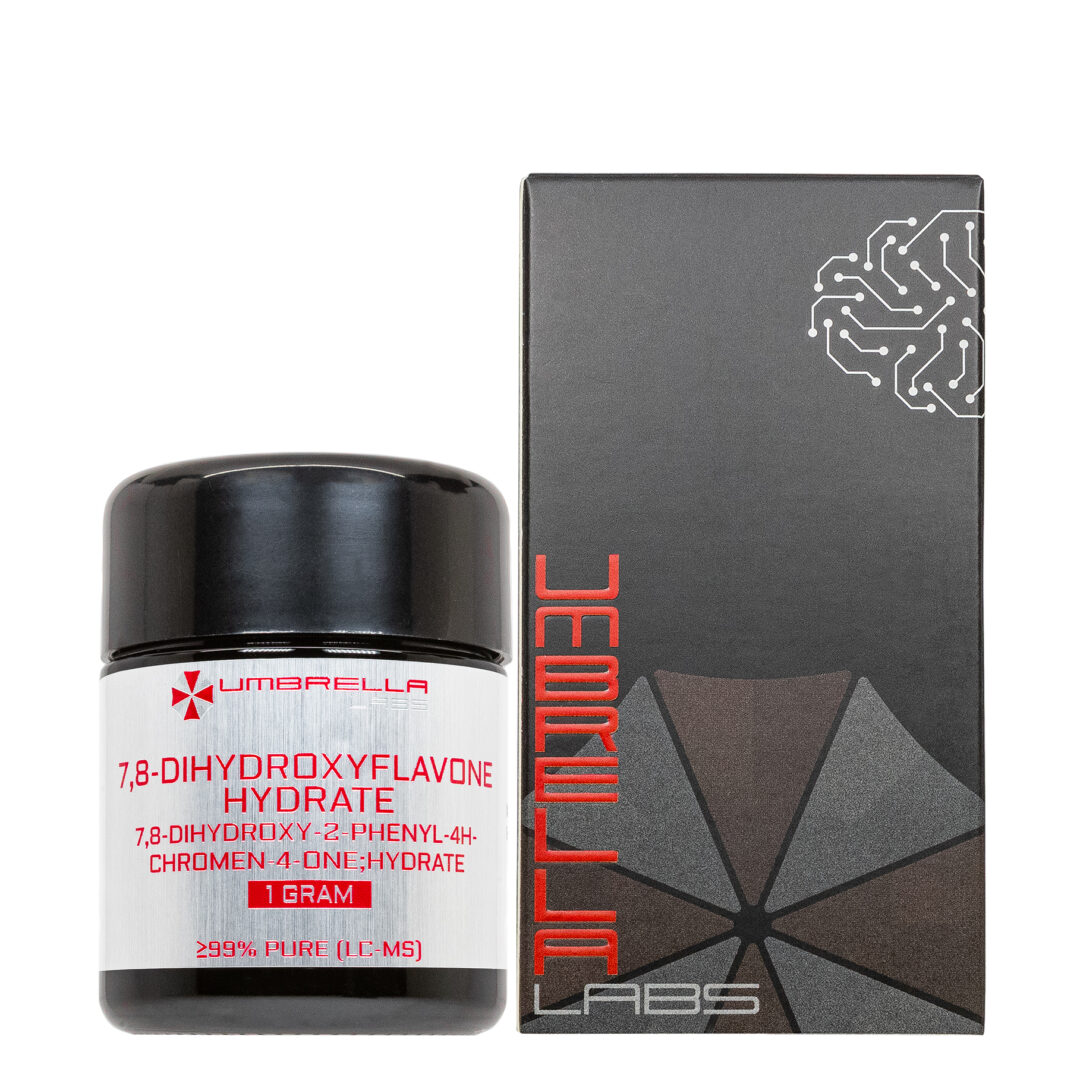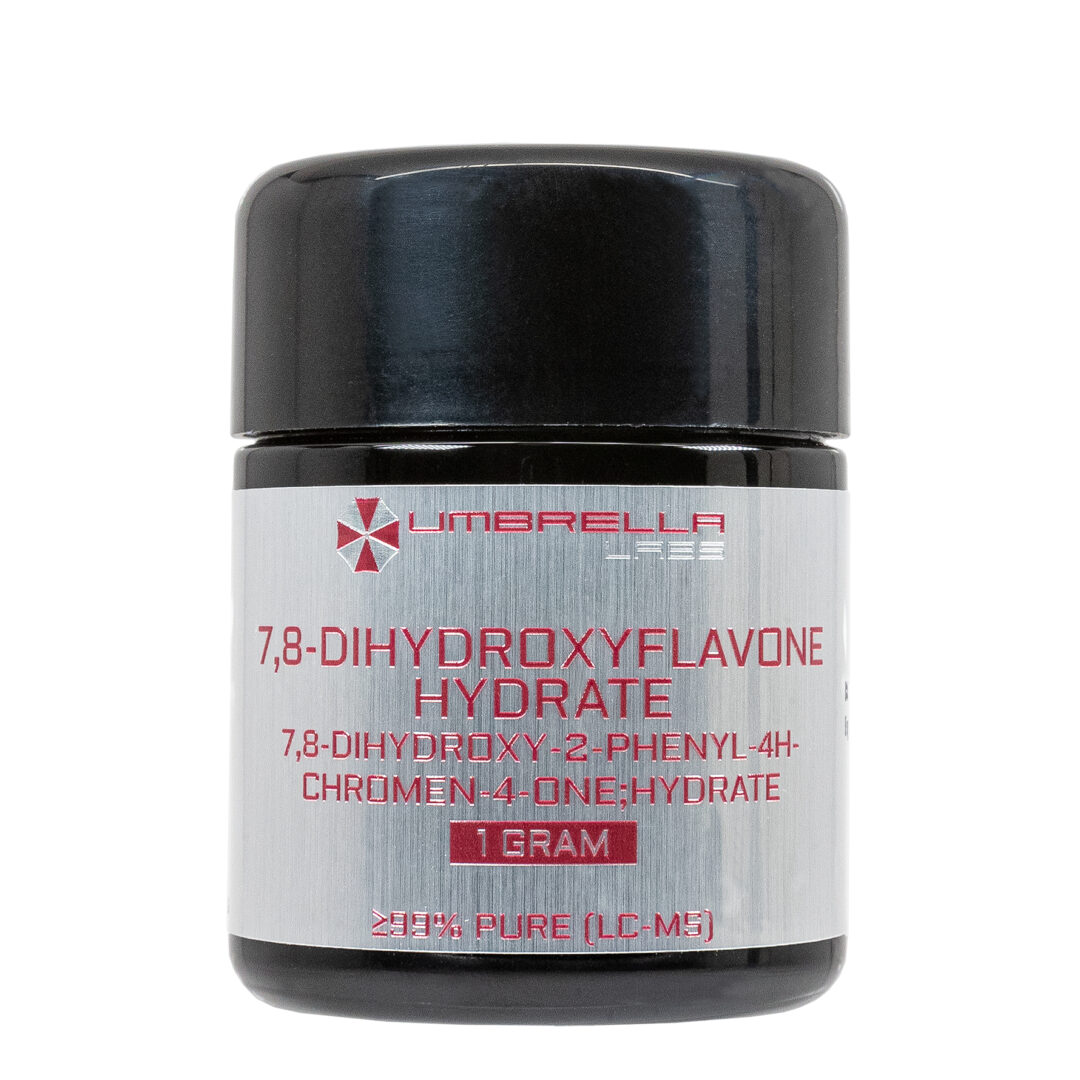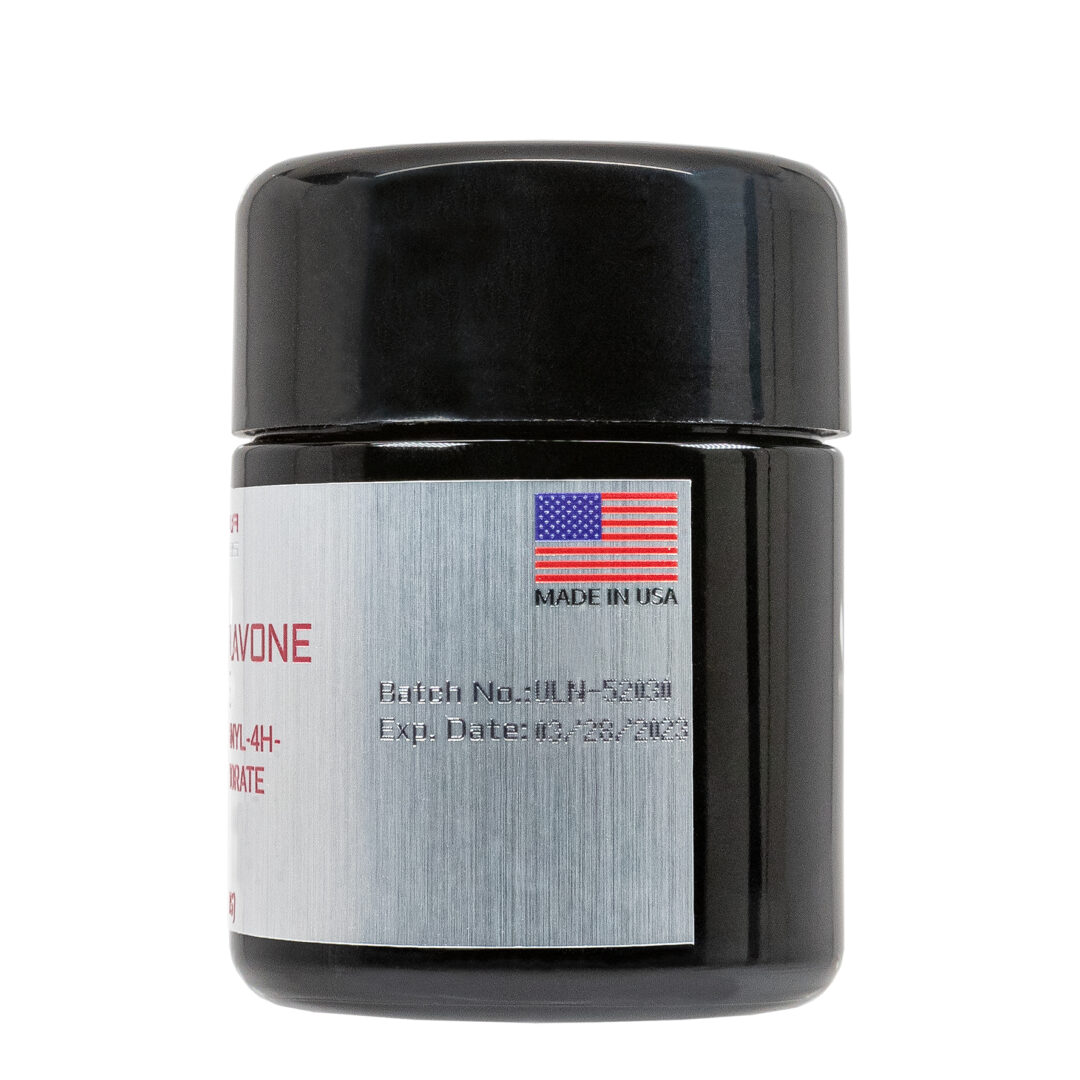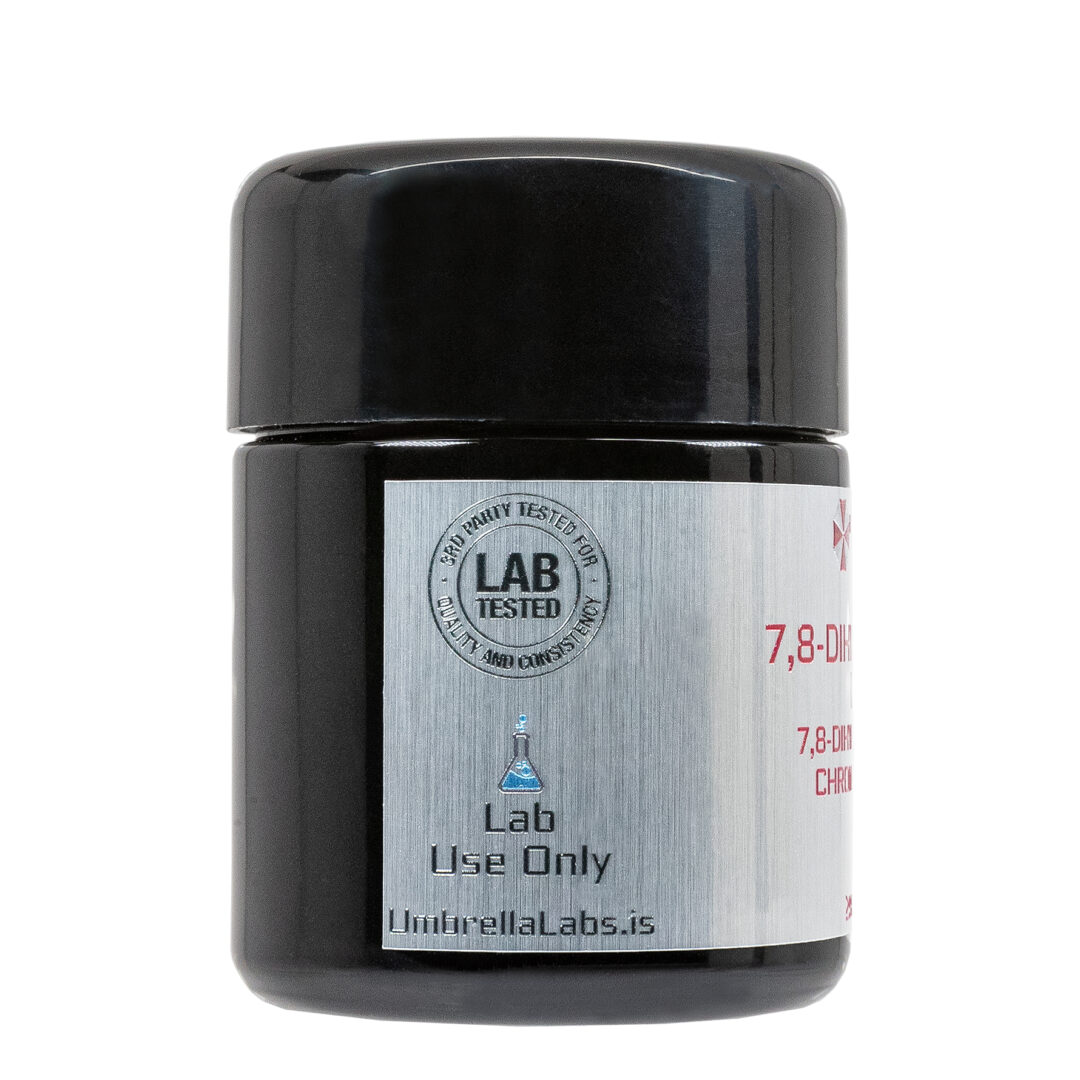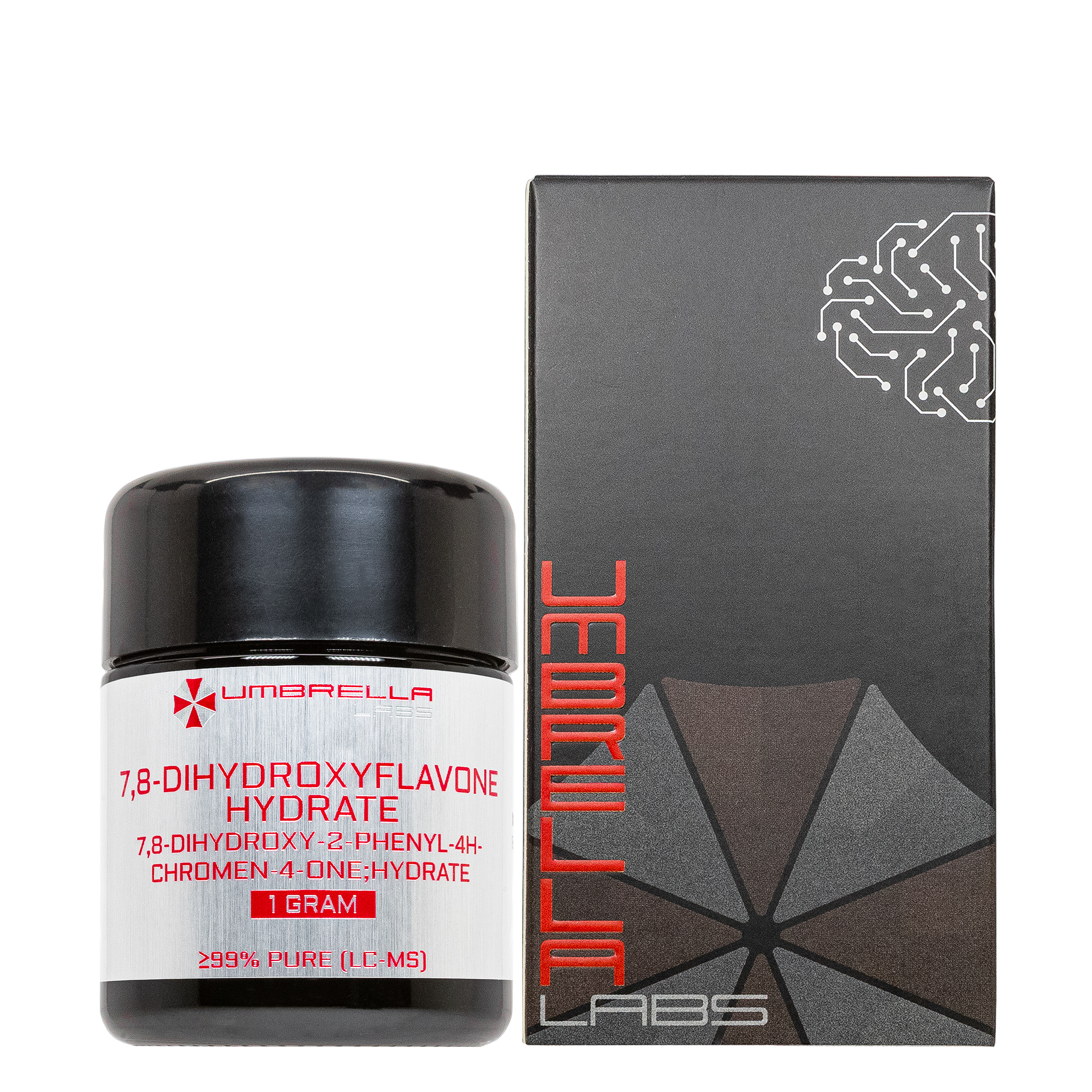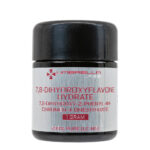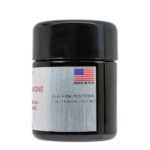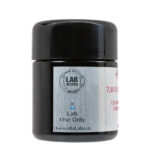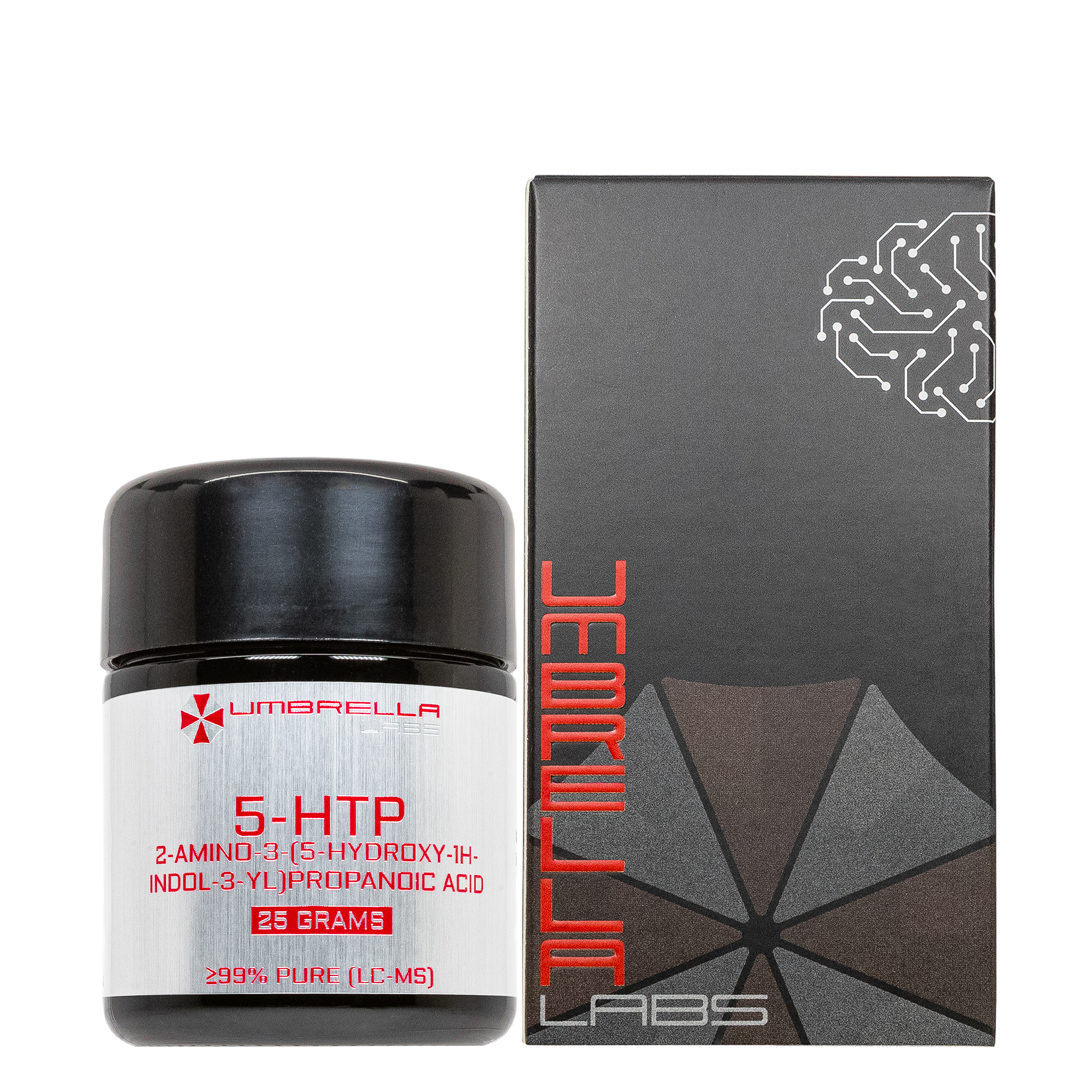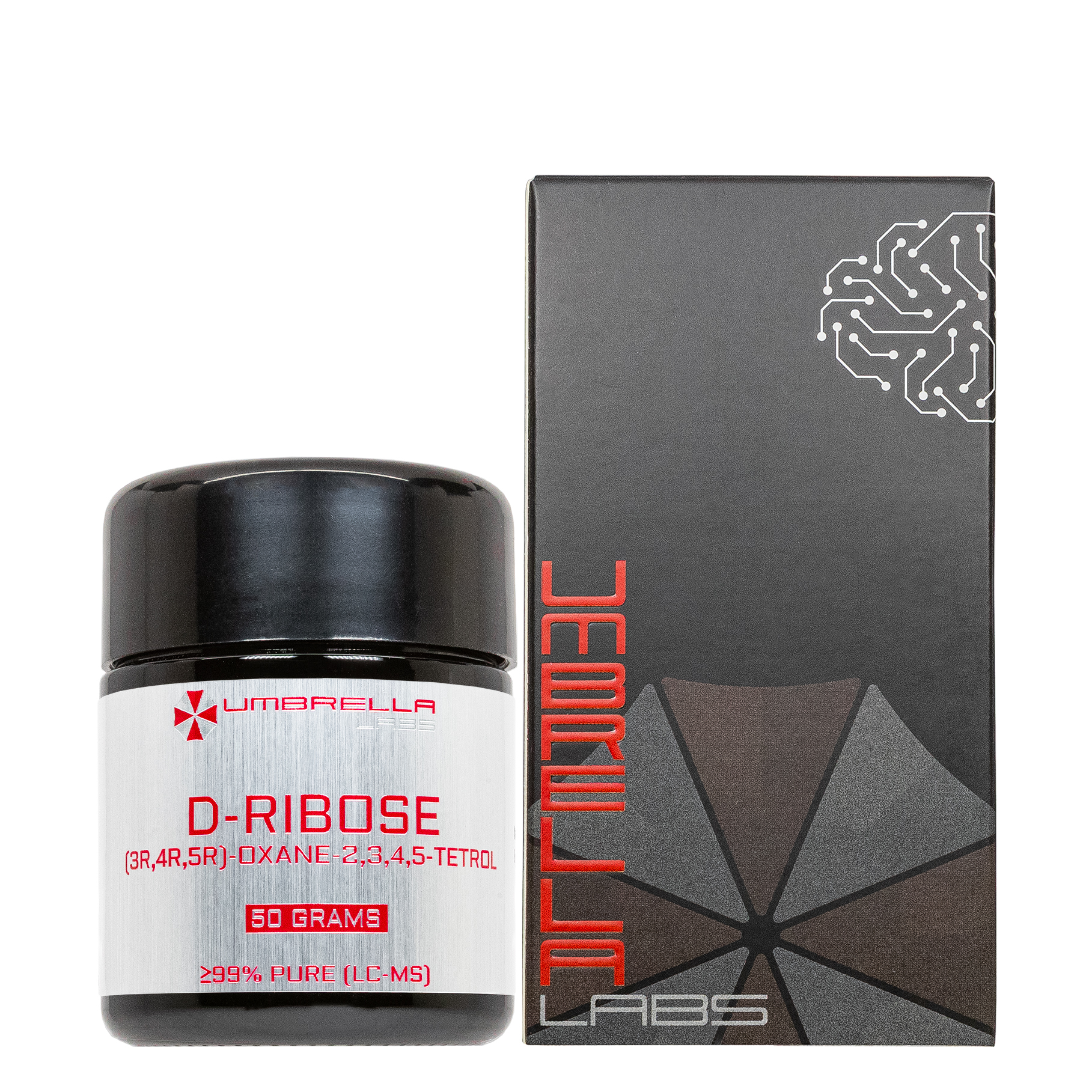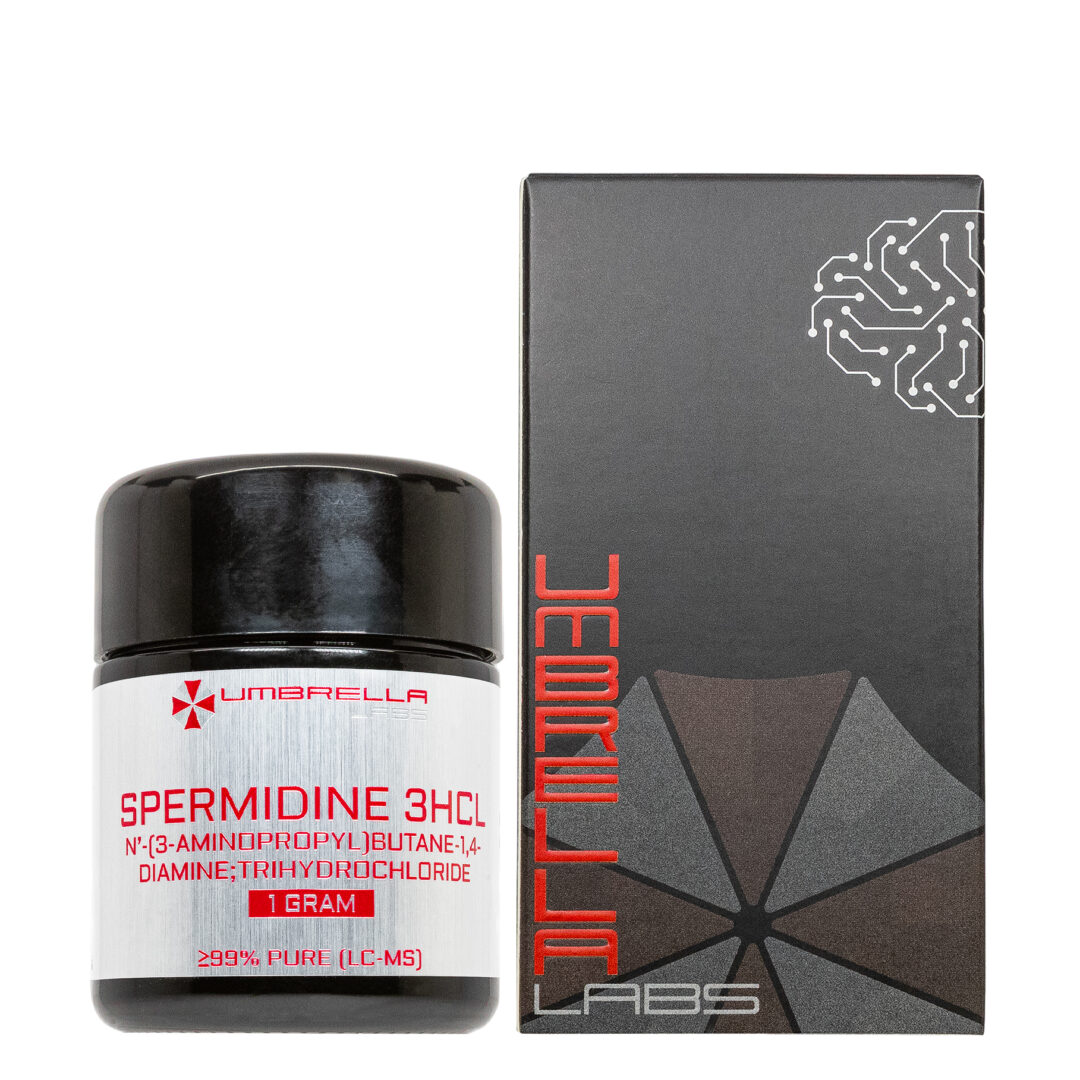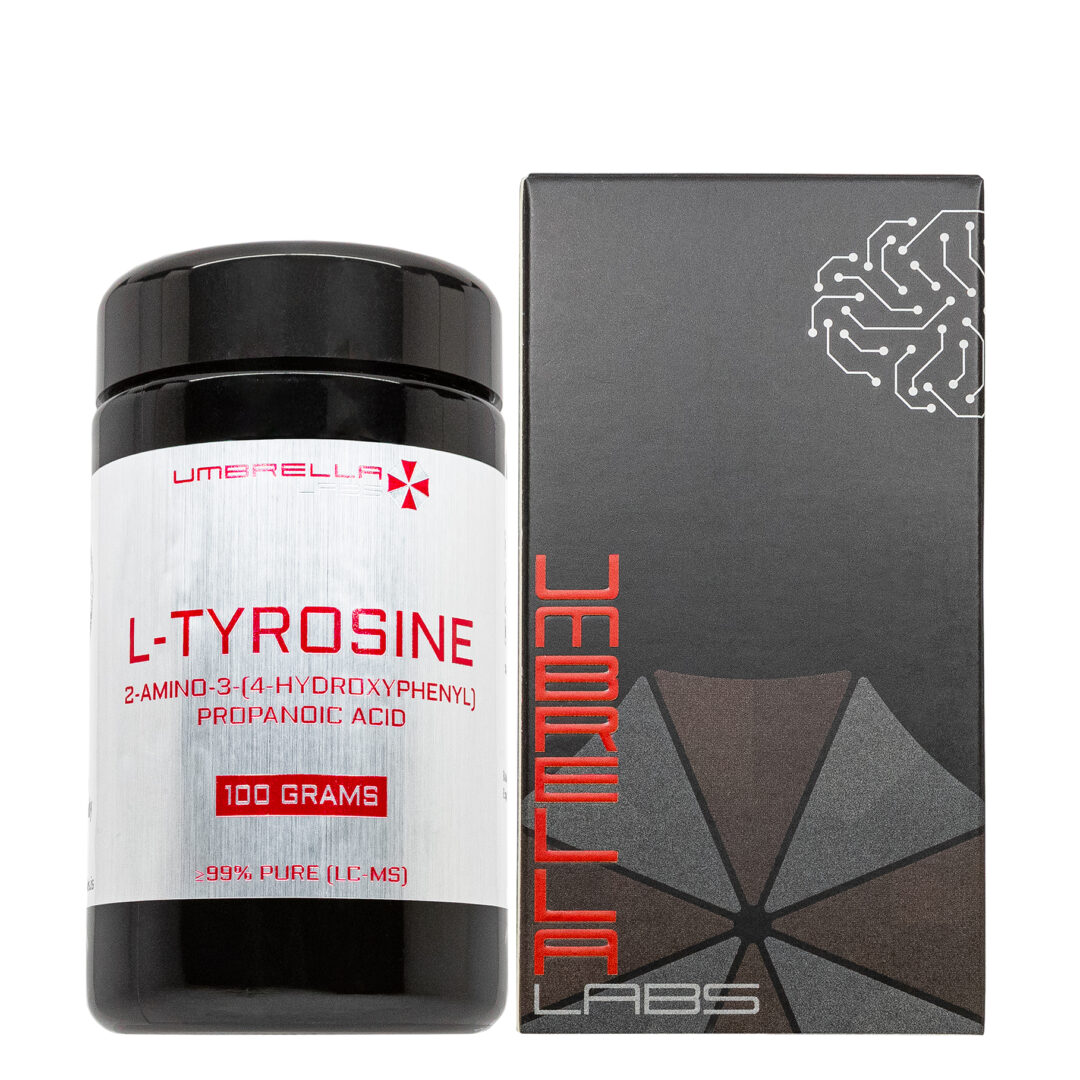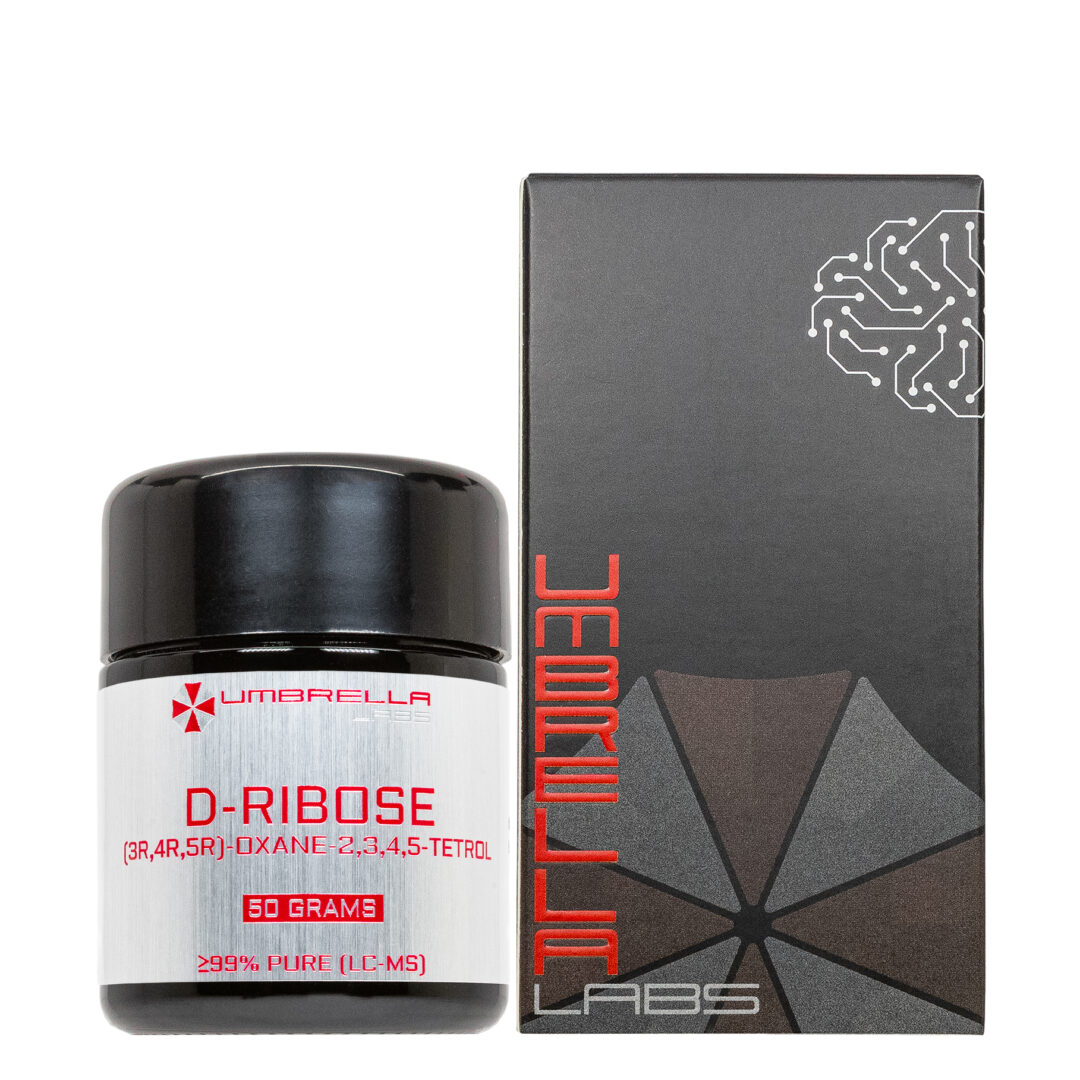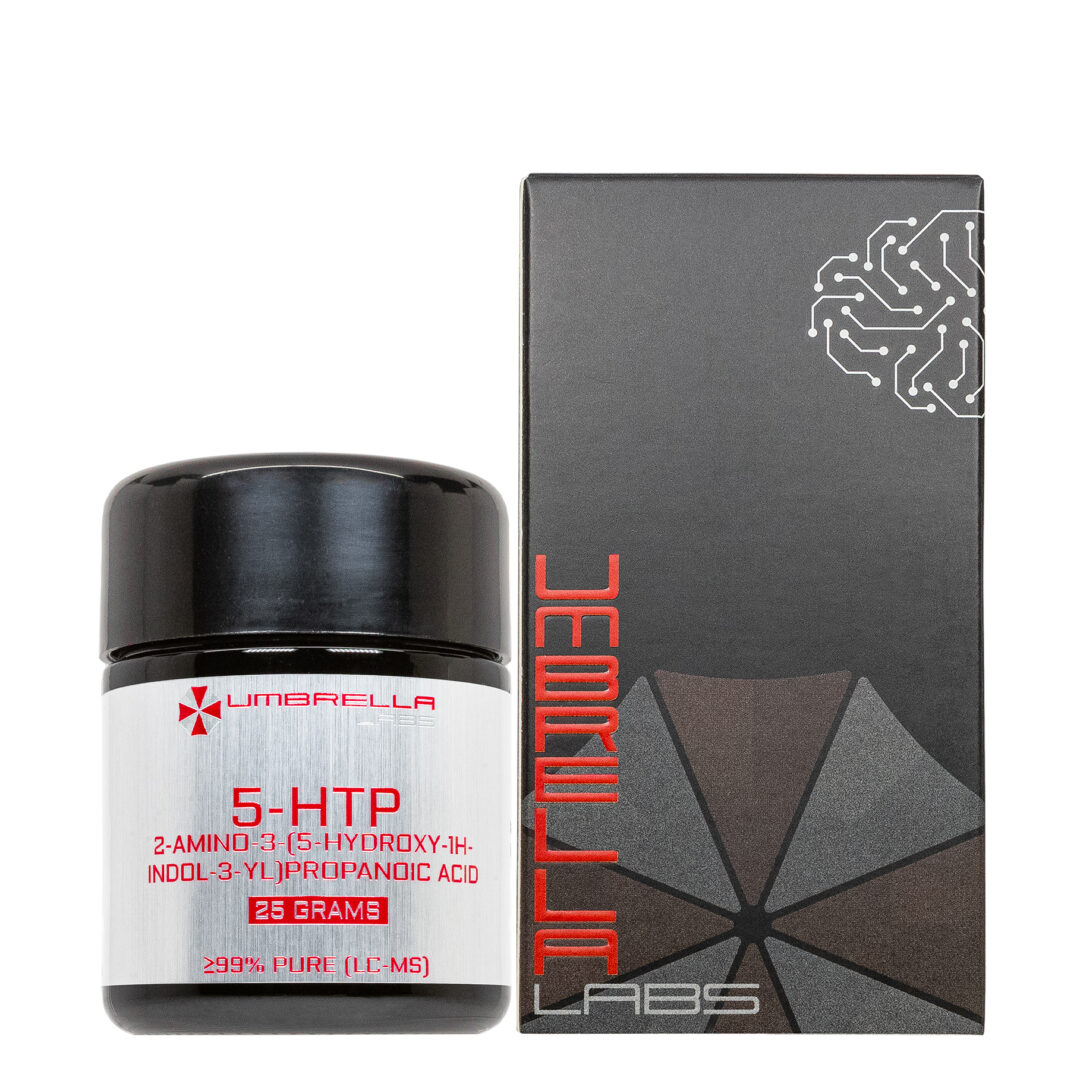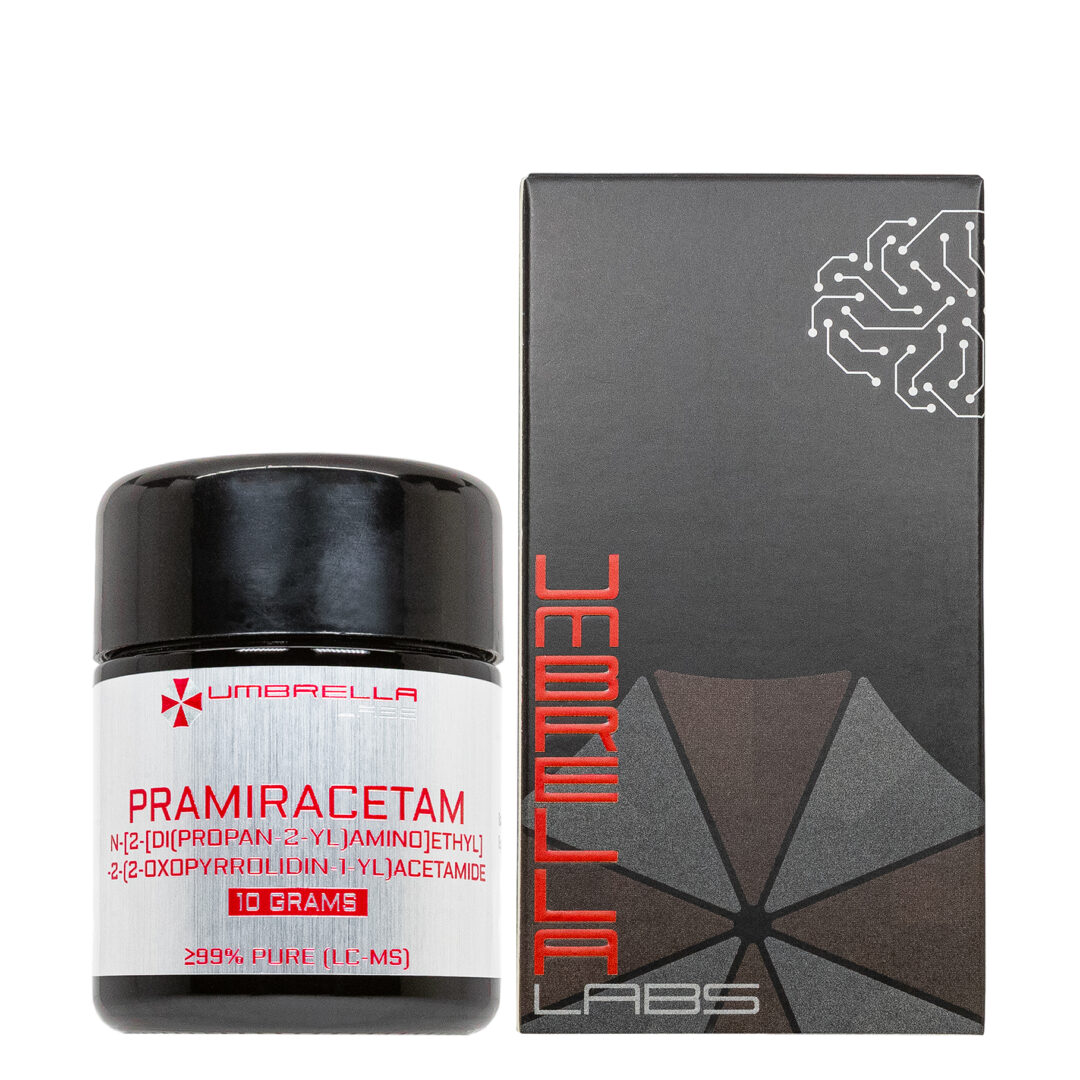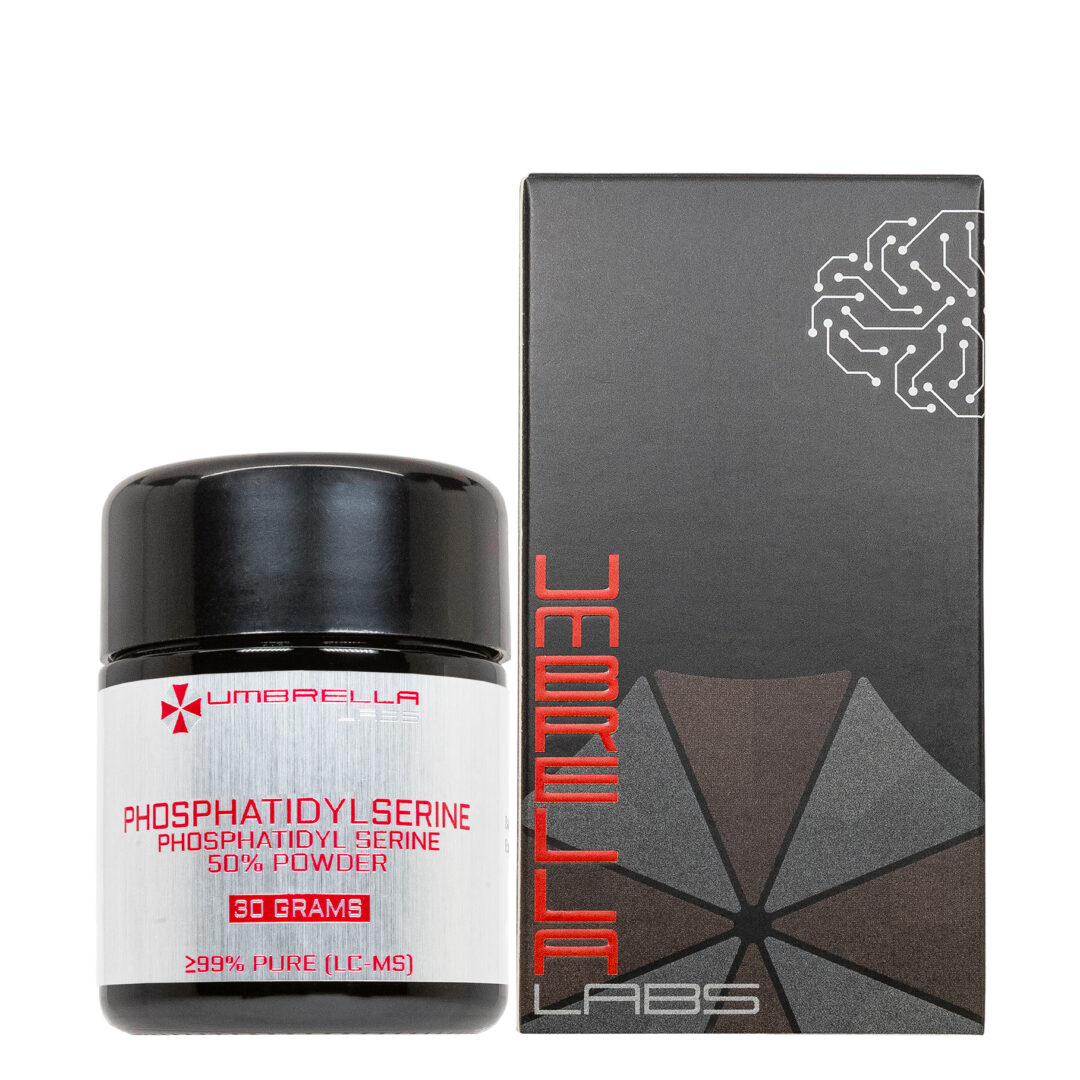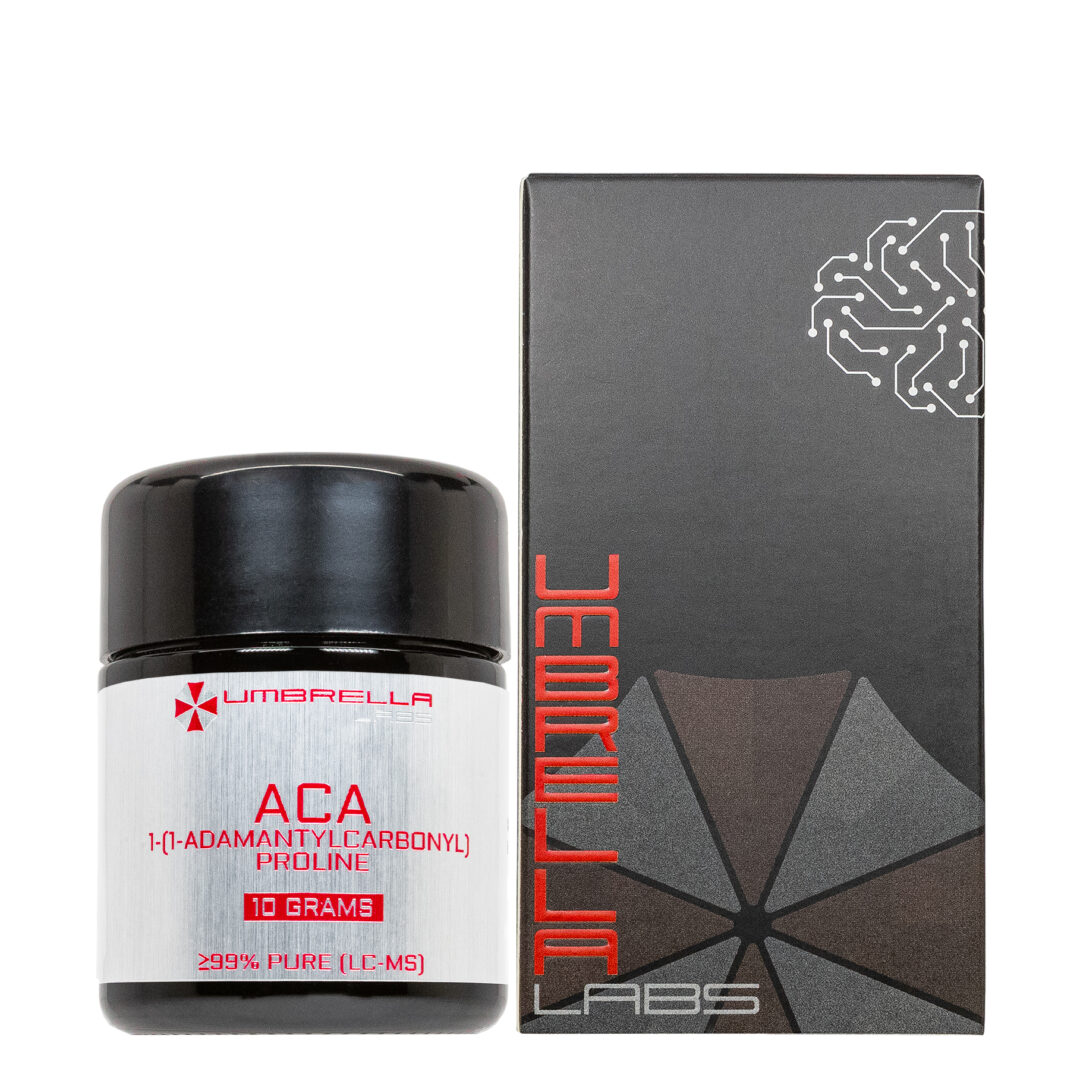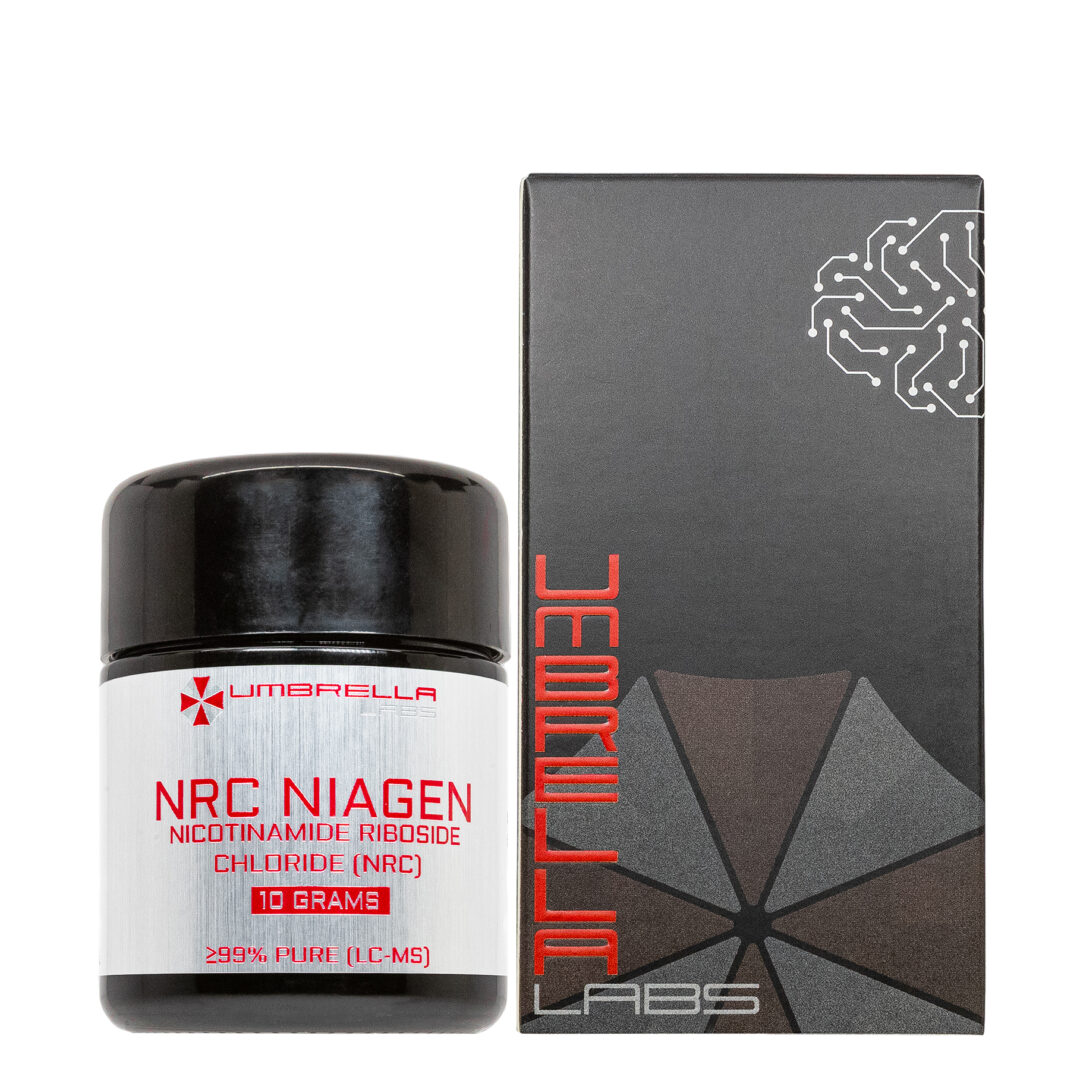7,8-DIHYDROXYFLAVONE HYDRATE (DHT) POWDER (1 GRAM)
$30.99
7,8-Dihydroxyflavone Hydrate (DHT) is sold for laboratory research use only. Terms of sale apply. Not for human consumption, nor medical, veterinary, or household uses. Please familiarize yourself with our Terms & Conditions prior to ordering.
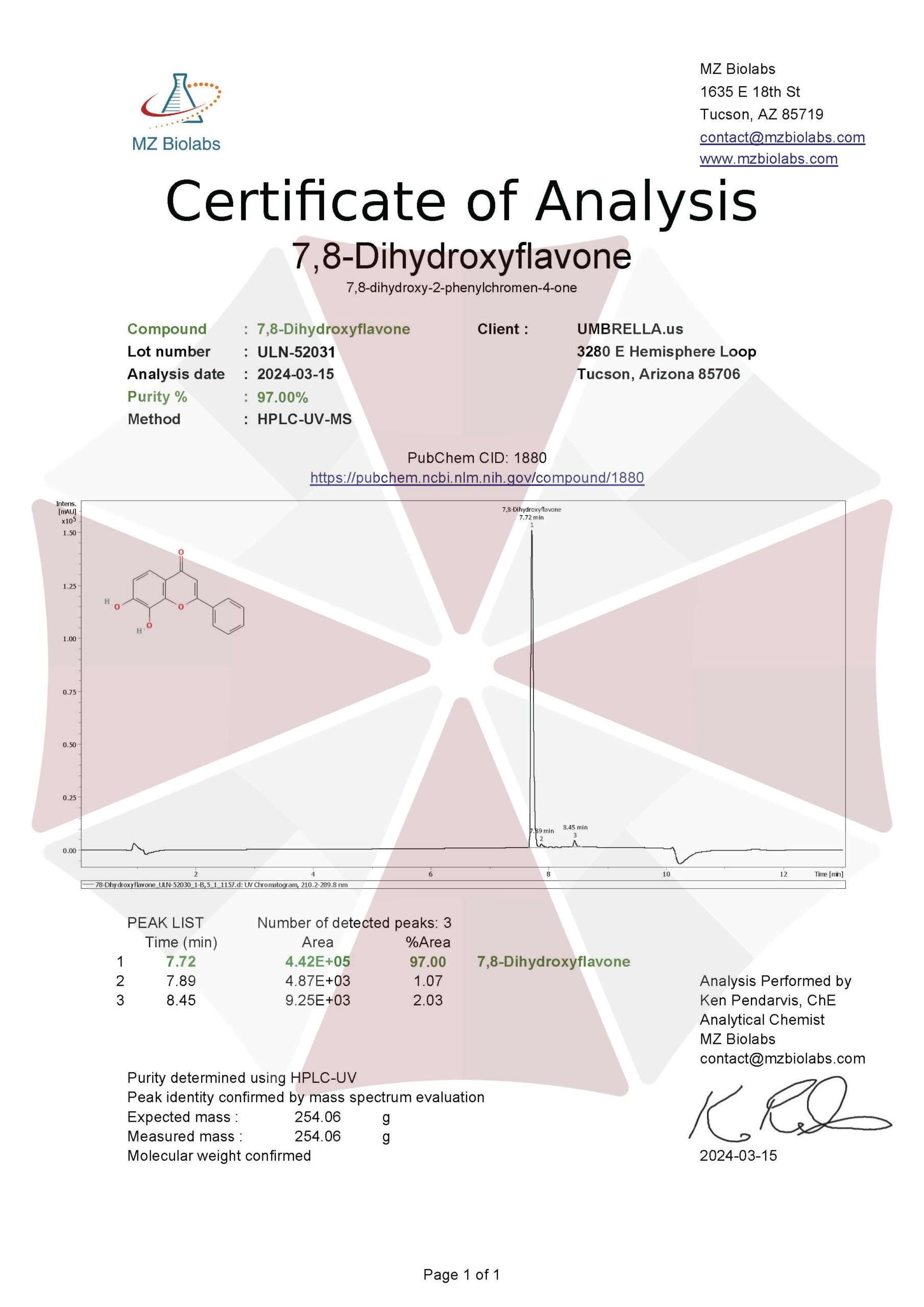
Also Available In:
- Description
- Additional information
Description
7,8-Dihydroxyflavone Hydrate (DHT) Nootropic Powder
![]()
![]()
![]()
![]()
![]()
![]()
![]()
![]()
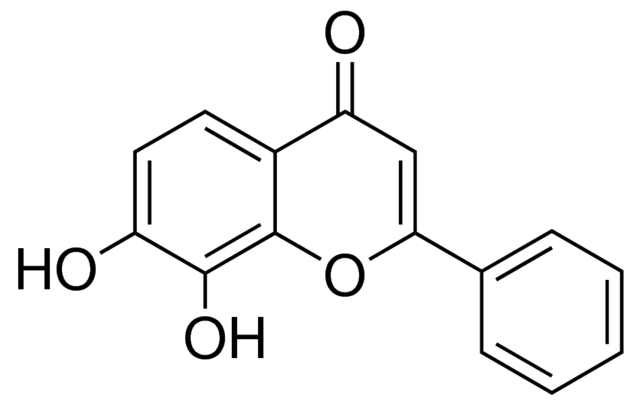
| CAS Number | 38183-03-8 |
| Other Names | 7,8-dihydroxyflavone, 38183-03-8, 7,8-dihydroxy-2-phenyl-4H-chromen-4-one, 7,8-DHF, EINECS 253-812-4, ADB6MA8ZV2, BRN 0234350, CHEMBL75267, NSC-750341 |
| IUPAC Name | 7,8-dihydroxy-2-phenylchromen-4-one |
| Molecular Formula | C₁₅H₁₀O₄ |
| Molecular Weight | 254.24 |
| Purity | ≥99% Pure (LC-MS) |
| Liquid Availability | |
| Powder Availability | |
| Gel Availability | N/A |
| Storage | Store in cool dry environment, away from direct sunlight. |
| Terms | All products are for laboratory developmental research USE ONLY. Products are not for human consumption. |
Mechanisms of Action
7,8-dihydroxyflavone hydrate (7,8-DHF) is a newly discovered flavonoid compound identified during a screening study aiming to find molecules with neurotrophic factors similar to that of brain-derived neurotrophic factor (BDNF). The results of the study reported that 7,8-DHF is a crucial activator of the BDNF signaling pathway. This leads to the prevention of apoptosis, increased neurogenesis, and an improvement in neuroprotection.
This initial study also found that 7,8-DHF acts as a direct ligand to tropomyosin-related kinase B (TrkB) receptors. In order to promote neuron growth and survival, TrkB is typically activated by BDNF. This leads experts to believe that not only does 7,8-DHF play a role in the BDNF signaling pathway, but the compound may be able to mimic the actions of BDNF and elicit the same expected outcomes via TrkB activation.
There has been a multitude of animal-based studies examining how 7,8-DHF is absorbed in the body. Poor absorption is a trait typically seen in flavonoids. In the case of 7,8-DHF, the compound is capable of oral absorption, however, it is metabolized so quickly it doesn’t make it to the bloodstream. Researchers Liu et. Al have been modifying the structure of the compound in an attempt to optimize its effects. Liu et. Al determined that these modifications have led to 7,8-DHF becoming orally bioavailable in mice, however, the compound is still subject to rapid, first-pass metabolism. Further research should be conducted in order to determine whether manipulation of various oral pharmacokinetic properties could be deemed beneficial (https://pubmed.ncbi.nlm.nih.gov/22984948/).
On the other hand, researchers Andero et. Al examined how 7,8-DHF was absorbed when peripherally injected rather than orally administered. 5 mg/kg doses of the compound were administered to mice; results of the study reported that TrkB receptors were activated. This suggests that 7,8-DHF is capable of effectively passing the blood-brain-barrier (BBB), a task BDNF is not capable of.
Effects of 7,8-DHF on Neurogenesis
As it was previously mentioned, 7,8-DHF has been shown to potentially increase neurogenesis and prevent apoptosis. Researchers have theorized that this is due to the compound’s interaction with TrkB receptors and BDNF, however, data is still mixed in regards to the exact mechanism of action and how heavily the compounds are related. A notable study conducted by Zhang et. Al reported that administration of 500 nM of 7,8-DHF in vitro led to an increase in dendritic length and synaptic size. Researchers Castello et. Al supported this conclusion, and further determined that 7,8-DHF may not lead to an increase in axon terminals, but rather promote growth of the density dendrites. It is important to know that growth of the density dendrites is directly related to expression of BDNF via 7,8-DHF-induced TrkB activation (https://pubmed.ncbi.nlm.nih.gov/24614170/).
The work of Castello et. Al was solidified by additional studies examining the efficacy of 7,8-DHF in cases of Alzheimer’s Disease. Mice subjected to scopolamine-induced Alzheimer’s were injected with doses of 1 mg/kg of 7,8-DHF. Results reported that the subjects experienced restoration in field excitatory postsynaptic potential to the same level as the control subjects. These results indicate an overall improvement in synaptic transmission. Further research conducted by Lin et. Al examined the effects of 7,8-DHF on a transgenic model of Alzheimer’s in mice where hippocampal cells are destroyed. The researchers were able to conclude that 5 mg/kg doses of the compound led to restoration of synaptic density in damaged neurons.
Effects of 7,8-DHF on Metabolism and Performance
Current research has found that 7,8-DHF is able to positively affect aspects of metabolic rate and physical performance through its relationship to BDNF and TrkB receptors. As it was previously mentioned, 7,8-DHF is able to activate and mimic both these crucial variables. Researchers have concluded that BDNF tends to lower food intake in rats by binding to the TrkB receptors, however, BDNF has a short half-life and cannot permeate the BBB. This led to the hypothesis that 7,8-DHF may be a better option for improving metabolism due to its similarity to BDNF and ability to pass the BBB. This idea is supported by the work of Chan et. Al. The researchers examined how daily administration of 7,8-DHF for 20 weeks affected obese mice and found that overall the compound is capable of preventing obesity.
In terms of physical performance, neurotrophins such as BDNF are known to be involved in muscle contraction through the activation of TrkB receptors that promote the release of acetylcholine (ACh). Since 7,8-DHF is closely related to both BDNF and TrkB receptors, researchers Mantilla et. Al determined how neuromuscular transmission was changed when 7,8-DHF was administered. Results reported that when the mice test subjects were given 10µM of 7,8-DHF, there was a 32% improvement in neuromuscular transmission. While these conclusions are promising, further research should be conducted in order to determine additional benefits (https://pubmed.ncbi.nlm.nih.gov/22246885/).
The nootropics sold by Umbrella Labs are sold for laboratory research only. The description above is not medical advice and is for informative purposes only.
7,8-Dihydroxyflavone Hydrate (DHT) is sold for laboratory research use only. Terms of sale apply. Not for human consumption, nor medical, veterinary, or household uses. Please familiarize yourself with our Terms & Conditions prior to ordering.
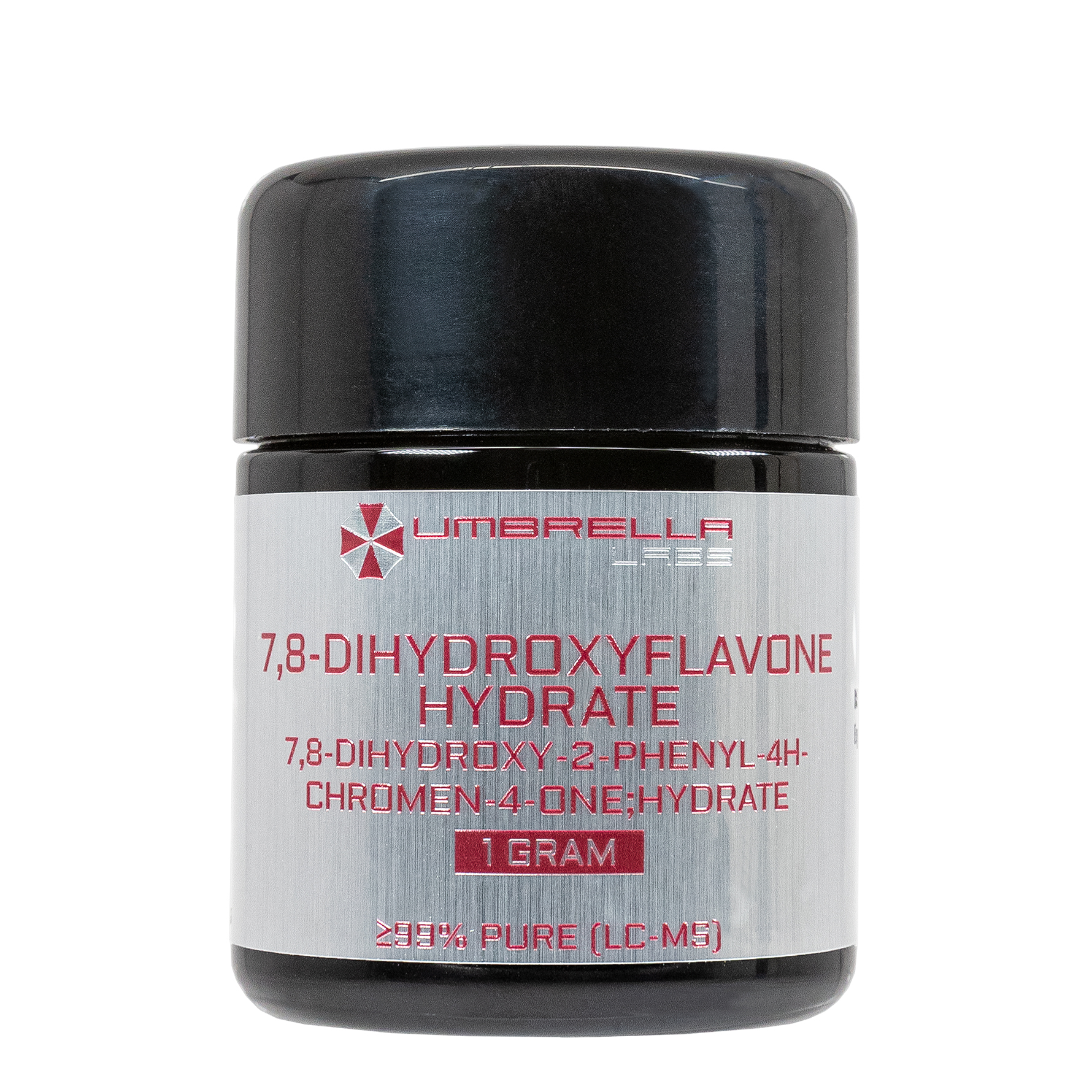

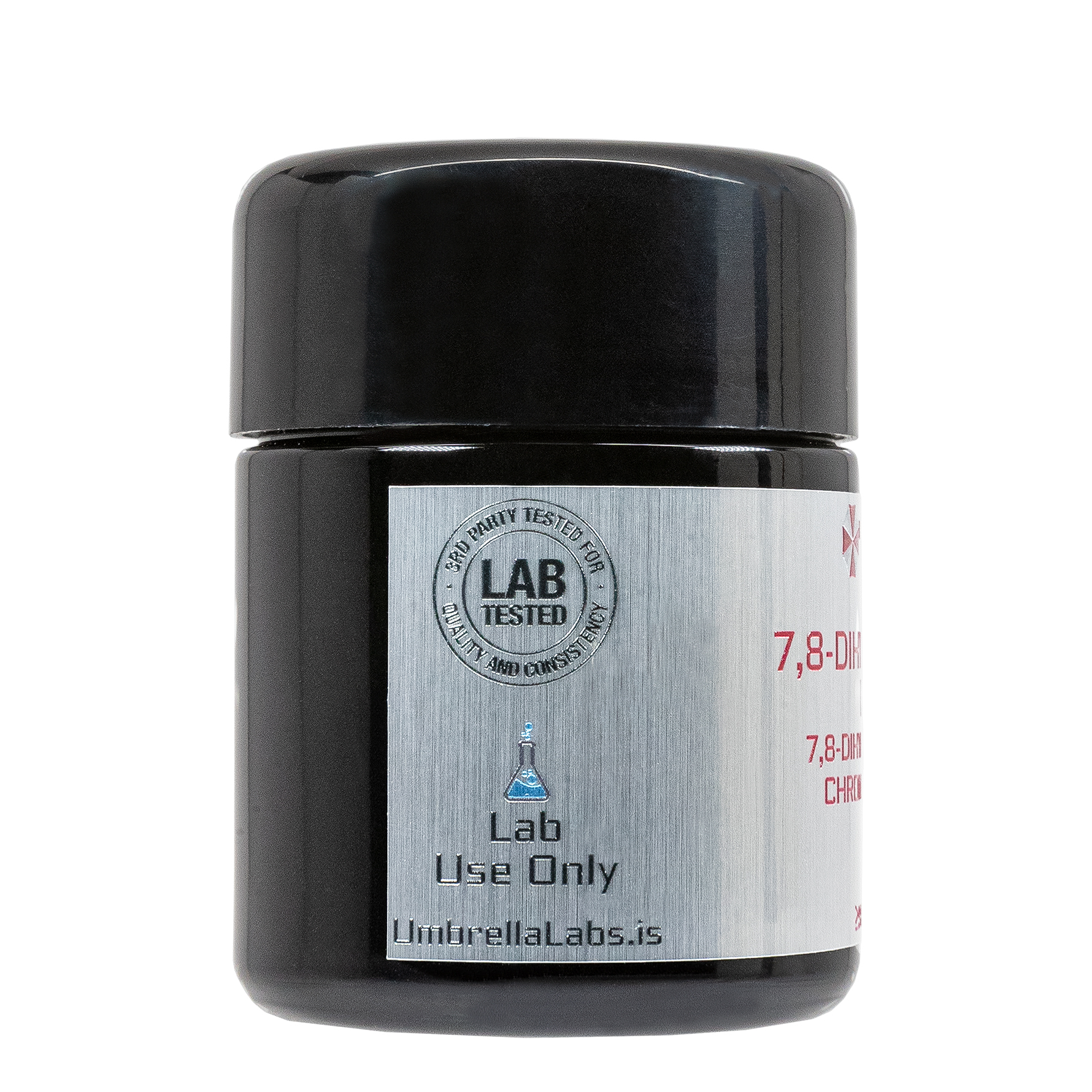

| File Name | View/Download |
| 2024-03-15-Umbrella-Labs-7,8-Dihydroxyflavone-Certificate-Of-Analysis-COA.pdf |
VIEW CERTIFICATES OF ANALYSIS (COA)
Additional information
| Options |
|---|

